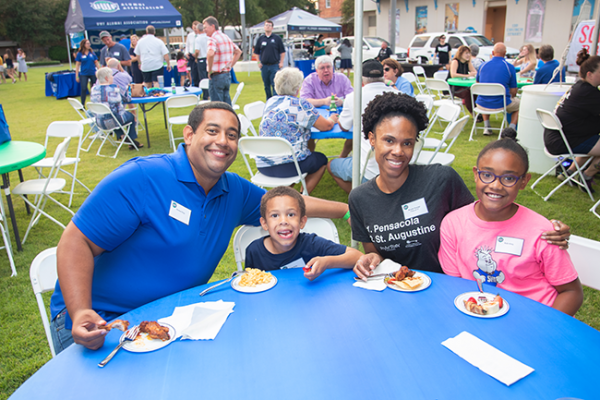Family Structures
Why does it matter?
There are a few reasons why family structures are important to a community. Perhaps most important is the impact that childhood has on health across the life course. Adverse Childhood Experiences, otherwise known as ACEs, are potentially traumatic events to occur in childhood. These include experiencing and witnessing violence and familial instability such as parental separation, and have been linked to problems in adulthood ranging from mental illness, substance use, and educational opportunities.

This is not to say a certain family structure leads to these experiences, but it is found to be more common. Recent research shows that children raised in single-parent households are affected differentially by their gender and race. (Wasserman 2020). Outcomes for education, employment, and crime rate can be positively impacted by addressing the needs of single-parent families. Similarly, people experiencing homelessness are more likely to have chronic health issues, both physically and mentally, that are going untreated. Understanding the family structure of our community helps us better understand what the community needs and experiences.
Wasserman, Melanie. Spring 2020. “The Disparate Effects of Family Structure,” How Cultural Factors Shape Economic Outcomes, The Future of Children 30 (1): 55–81.
Where are we now?
A community’s family structure breakdown is critical in understanding the experiences of people who live, work, and play in the community. What the data in Escambia and Santa Rosa Counties show is that over time, there has been very little change to how family structures in our community exist. Generally, we have a large number of children in single family homes, but this is not a number that has changed much over the years. We have been generally led to believe that homelessness is becoming a larger issue, and while the importance and awareness of the concern may be growing, the data show the number of people experiencing homelessness in our community is actually declining.
In this dashboard, family structure considers multiple types of households and people experiencing homelessness, and the data points are all broken down by percentage of community members living in this type of family structure.
How do we measure it?
In this dashboard, family structure considers multiple types of households and people experiencing homelessness.
- Children in single-parent households: “ACS Table S0901.” U.S. Census Bureau, 2015-2019 American Community Survey 1-Year Estimates, 2020, Datasheet retrieved from https://data.census.gov.
- Experiencing homelessness: “Homeless Estimate.” Florida Department of Health, Florida Health Charts 2021, Database accessed via https://flhealthcharts.com.
- Married-couple family household: “ACS Table B11002A.” U.S. Census Bureau, 2015-2019 American Community Survey 1-Year Estimates, 2021, Datasheet retrieved from https://data.census.gov.
- Single-parent household: “ACS Table B11002A.” U.S. Census Bureau, 2015-2019 American Community Survey 1-Year Estimates, 2020, Datasheet retrieved from https://data.census.gov.
What call to action is linked to this indicator?
One of the most important calls to action for our community is to assist people out of homelessness and ensure that people who are living on the street by choice or by circumstance have access to the services they need through programs like Opening Doors. It is also important to support children in single-parent households through programs such as home visiting and parenting support. These programs aim to reduce toxic stress and improve the quality of life for not only the child, but the entire family.
Conducting a housing needs assessment documents the availability of affordable housing in the community. Rental rates that exceed 30 percent of a person’s income can contribute to homelessness. The U.S. Interagency Council on Homelesseness published an analysis of the key role of affordable housing in ending homelessness:
Aligning Affordable Housing Efforts with Actions to End Homelessness.